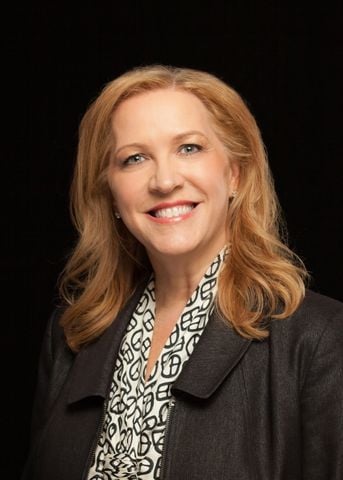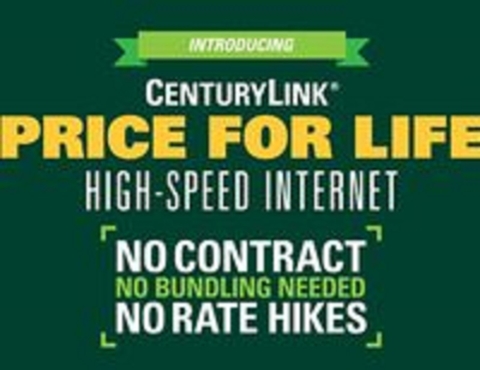CenturyLink is taking steps to revamp its lagging broadband subscriber base with plans to expand service availability and offer a new pricing structure, reflecting a desire to more effectively battle cable’s DOCSIS 3.1 drive.
The service provider has extended faster broadband speeds to over 1 million homes and small businesses with plans to bring services to 2 million more by the end of the year. As part of this drive, half of the targeted homes and businesses will be able to access speeds of 100 Mbps and higher.
CenturyLink has expanded its broadband network into many rural communities this year, providing speeds of at least 10 Mbps download and 1 Mbps upload in locations identified as eligible for the FCC's CAF-II program.
RELATED: CenturyLink’s Post: Cable’s 1 Gbps, aggressive pricing drove 65K Q2 broadband loss

"CenturyLink is committed to improving the lives of our customers by connecting them to the power of the digital world; that's why we're investing in new broadband technology and offering customers a fair and straightforward monthly rate for high-speed internet service," said Maxine Moreau, CenturyLink president of consumer markets, in a release. "Our deployment of faster broadband speeds in big cities as well as small towns helps CenturyLink connect its customers to the things that matter most to them."
But speeds are just one part of CenturyLink’s broadband ambitions.
The service provider is now also offering residential customers CenturyLink Price For Life High-Speed Internet service with a monthly rate that stays the same as long as customers keep their same internet service plan and remain at the same address. Under this program, the broadband price is locked in and does not change unless a subscriber changes their services, including change of address, and/or signs up for a different promotion.

CenturyLink rolled out Price for Life in several markets, including its legacy CenturyLink markets. It is also rolling out the program in the legacy Qwest markets.
“Faster speed and stable pricing are nice retention devices that help to secure existing customers and decrease the potential of thinking about leaving and/or actually leaving,” said Bruce Leichtman, president and principal analyst for Leichtman Research Group, in an e-mail to FierceTelecom.
Leicthman added that CenturyLink’s lack of a wider TV service offering its customers can purchase with their broadband connection still makes the telco vulnerable to cable competitors.
“However, while pay-TV penetration is slowly decreasing, still nearly four-in-five households still get a pay-TV service (with penetration rates higher in more affluent households),” Leichtman said. “Not having a (ubiquitous) TV service to bundle with the broadband service still leaves them at a competitive disadvantage to major cable companies.”
Enhancing speeds
Today, over 3.8 million homes on its network could receive speeds of 100 Mbps or higher and more than 1.5 million had access to 1 Gbps or more. Throughout the past year, CenturyLink has continued to expand the availability of 1 Gbps FTTH in select markets and 40 Mbps over its existing copper-based network.
By the end of the second quarter, CenturyLink had 9.4 million addressable locations that could get 40 Mbps or higher speeds and more than 3.8 million addressable locations that could get 100 Mbps. CenturyLink said this represents an increase of 240,000 and 350,000 addressable locations, respectively, during the quarter.
Interestingly, as the service provider makes its 1 Gbps FTTH service available in more markets, it is having a halo effect by influencing customers to purchase higher speeds of 40 and 100 Mbps.
“Even in the markets where we have gig, customers are not buying a gig,” Moreau said during the second-quarter earnings call. “They might buy 40 meg, 100 meg even though we have 1 gig available.”
Reversing broadband declines
While increasing speeds and simplifying pricing are clearly favorable, CenturyLink has its work cut out to reverse the downward subscriber trend it has seen in recent quarters. In the second quarter, CenturyLink lost 65,000 subscribers, a trend it said reflects efforts by large cable MSOs such as Charter, Comcast and Cox to deliver 1 Gbps over their existing HFC plant. CenturyLink ended the second quarter with a total of 5.9 million broadband subscribers.
Cable overall continues to gain momentum in the broadband race. Comcast and Charter, two of the largest cable MSOs, added 134,000 and 231,000 new broadband subscribers in the second quarter, for example.
The broadband subscriber gap between telcos and cable operators continues to grow. In the second quarter, the major cable operators added about 460,000 subscribers while the top telcos lost about 230,000 subscribers.
Leichtman said a big contributor to cable's success in the broadband race is being able to bundle video effectively.
"The power of bundling is evident in the broadband results showing that cable companies added about 6.6 million broadband subscribers over the past two years, while top telcos had a net loss of about 1.1 million broadband subscribers," Leichtman said.
CenturyLink is not the only telco realigning its broadband pricing and brand structure. Windstream recently rebranded its suite of premium broadband and video services for consumers and small businesses under the Kinetic moniker.
